Content
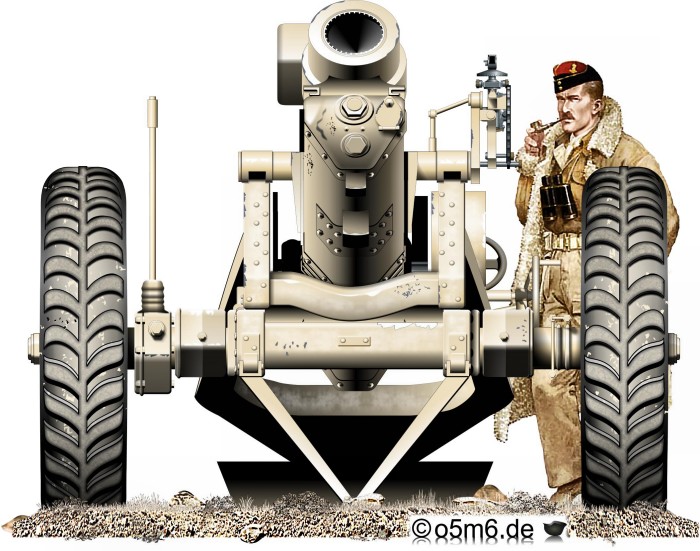
As it moved into position around Bardia in late December 1940, the 6th Australian Division was still experiencing shortages.
It had only two of its three artillery regiments and only the 2/1st Field Regiment was equipped with the new 25-pdr, which it had received only that month. The 2/2nd Field Regiment was still equipped with twelve 18-pdr and twelve 4.5-inch howitzers.
To make up for this, O'Connor augmented Brigadier Edmund Herring's 6th Australian Division Artillery with part of the XIII Corps artillery:
- the 104th (Essex Yeomanry) Regiment, Royal Horse Artillery, equipped with sixteen 25-pdr,
- F Battery, Royal Horse Artillery, with twelve 25-pdr,
- the 51st Field Regiment, Royal Artillery, with twenty four 25-pdr and
- the 7th Medium Regiment, Royal Artillery equipped with two 60-pdr, eight 6-inch howitzers and eight 6-inch guns (Captured Italian 152/37?).
[Source : Wikipedia]
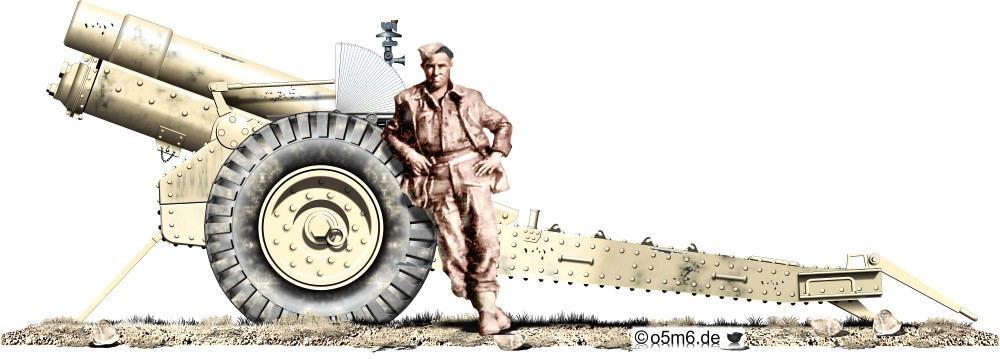
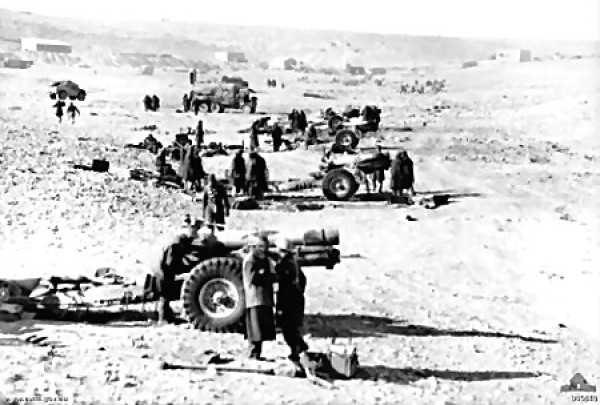
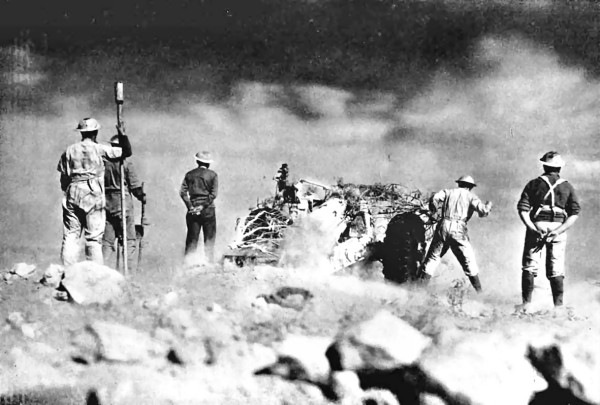
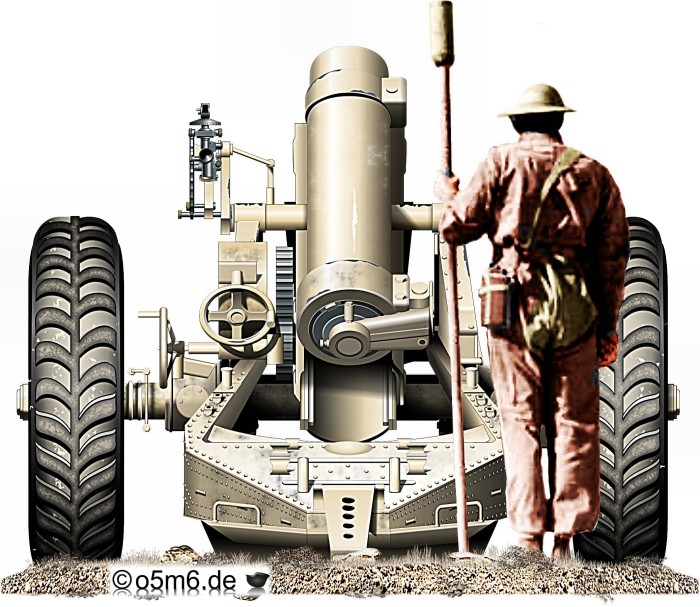
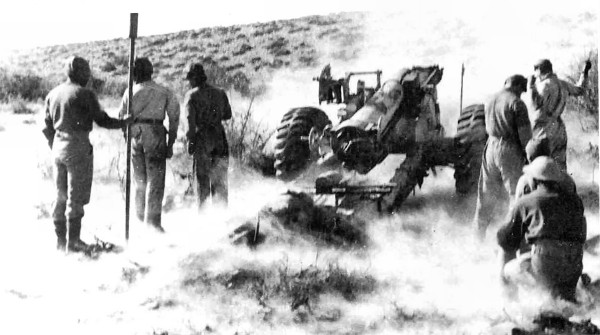
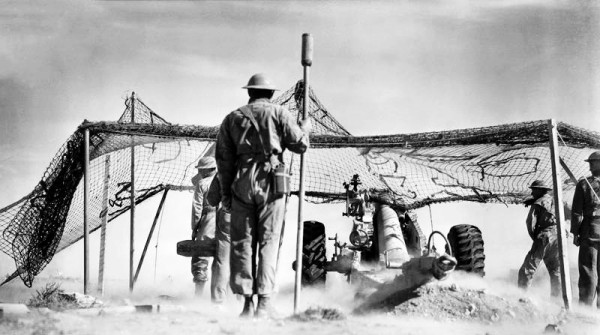
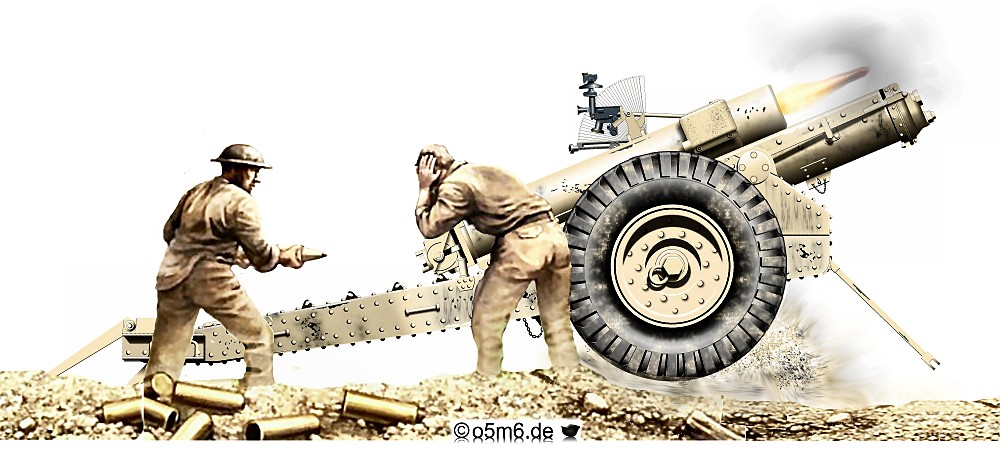
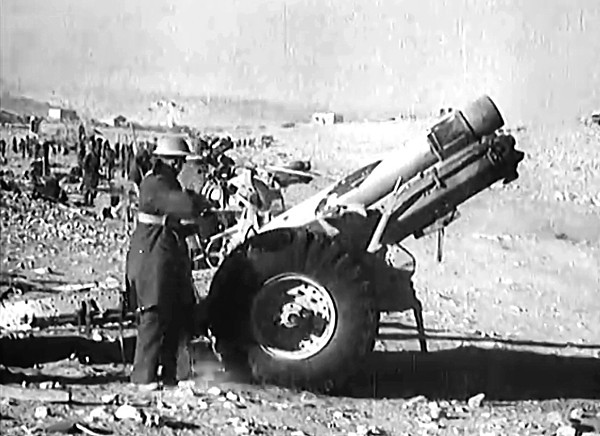
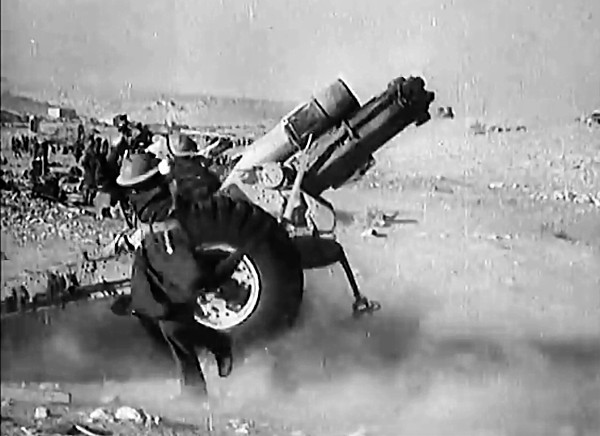
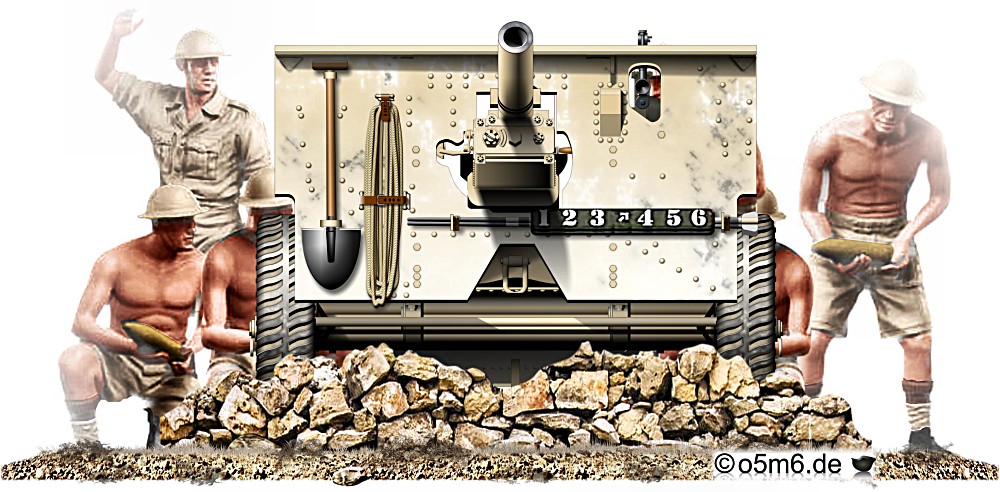
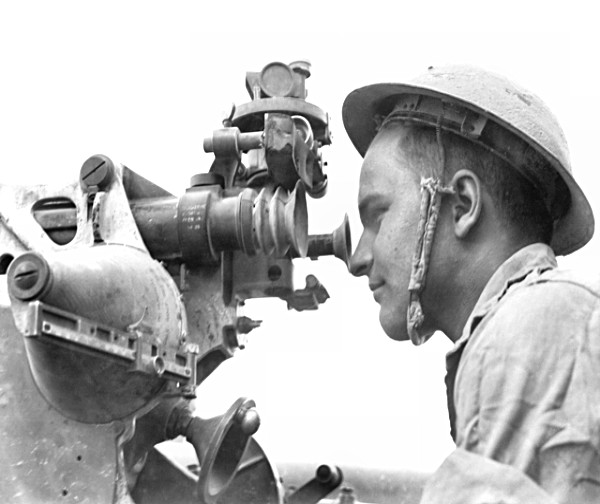
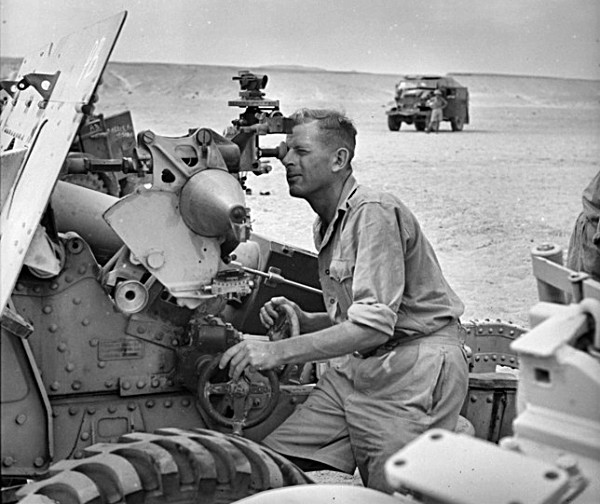
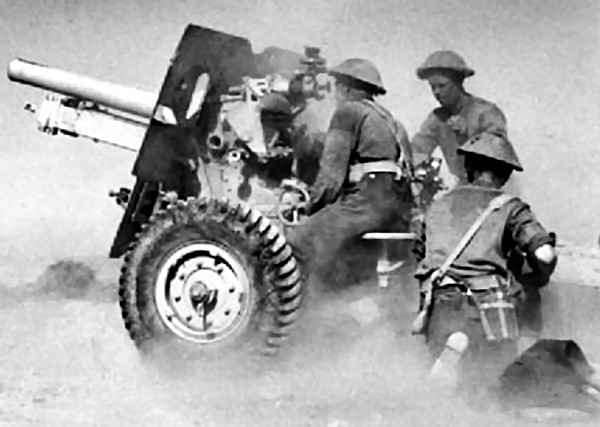
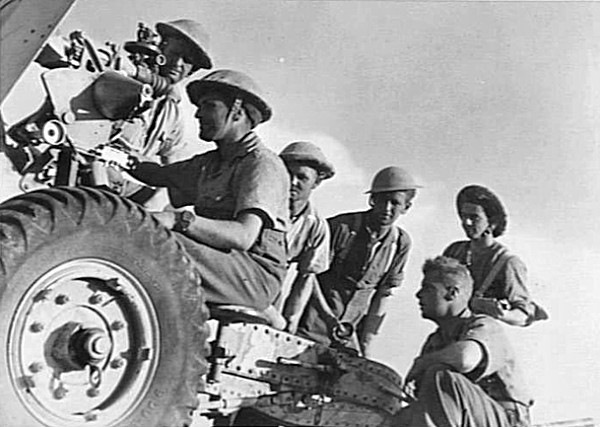

The fighting for Tobruk in April 1941 saw the direct confrontation of 25-pounders against tanks.
At a range ol 400 yards the guns of A/E Battery, 3rd Regiment, Royal Horse Artillery, engaged German tanks forming the defences ol Tobruk. The continuous shooting set tanks on fire and allegedly blew the turrets off. The openness of desert warfare meant that guns and tanks were often pitted directly against one another. What is more, it meant that the 25-pounder was also engaged frequently against the 88 mm flak guns.
Often, the 25-pounder was used in desparation against tanks.
On 21 January 1942, forty enemy tanks, mostly Panzer IIls and Panzer IVs, attacked Baron column from about 4,000 yards. After a five-hour battle, it was decided to conduct a fighting withdrawal whilst being attacked by Stuka dive-bombers and the advancing armoured units. During this action, C and D troops of A Battery were firing over open sights at the enemy. Three guns were destroved and although two guns continued firing, reports suggest that they only did real damage by indirect fire at ranges over 600 yards.
...
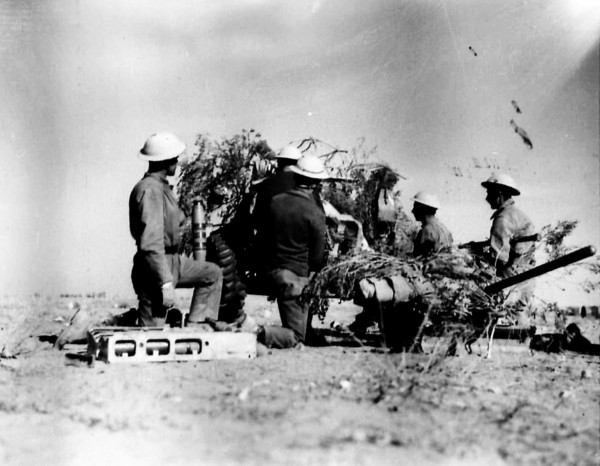
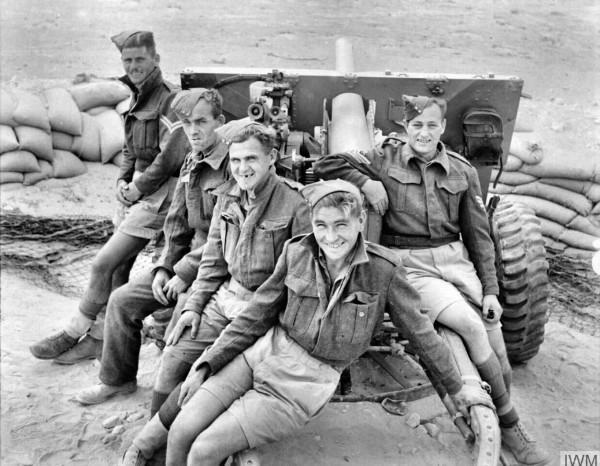
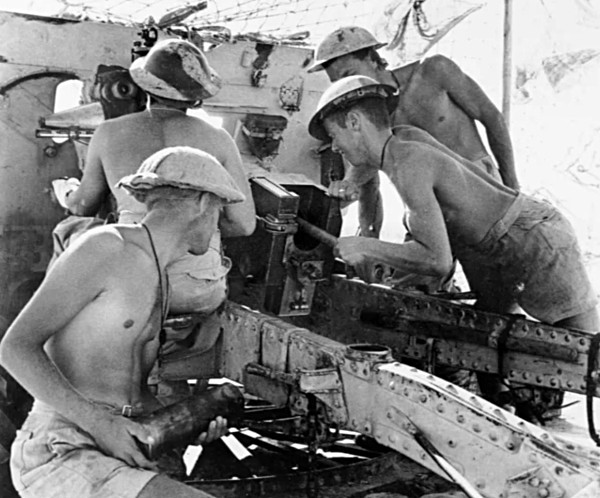
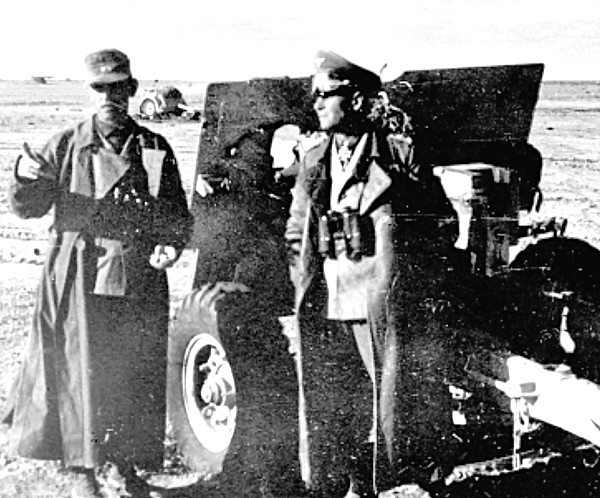

...
According to reports front November 1942, indirect fire on tank formations was considered to be far more effective. If enemy tanks in numbers were seen by an observation post, a concentration of fire was brought down upon them. It was difficult to judge the effect of this fire because it was obscured by dust and heat waves.
In one case, a regimental concentration fired on some 30 enemy tanks with the result, it is alleged, that 5 were set on fire, a few others were stopped and the rest withdrew. The main conclusion was that the concentration of a regiment of guns on tank groups invariably led to withdrawal of the tanks.
Firing direct in its secondary role a troop of 25-pounders can knock out tanks at short ranges, but as an A/tk weapon a 25-pdr is far inferior to the 6-pdr.
A high-explosive shells would normally only destroy or immobilise a tank if it hit a track or the top of the turret. There are many examples of the 25-pounder being used as a short-range weapon against tanks, but it was the ease with which the gun could be trained on a target that meant it was more suitable than other field guns for this use.
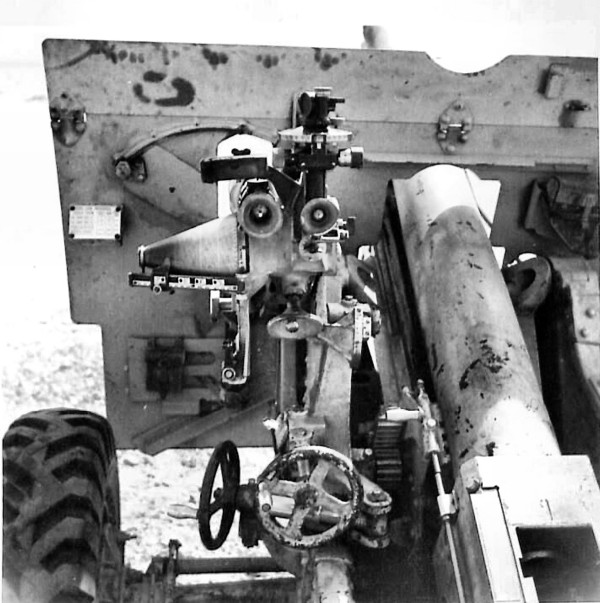
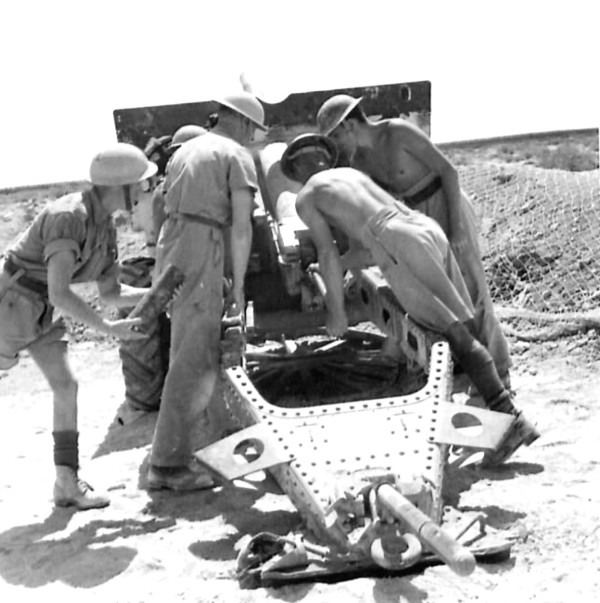
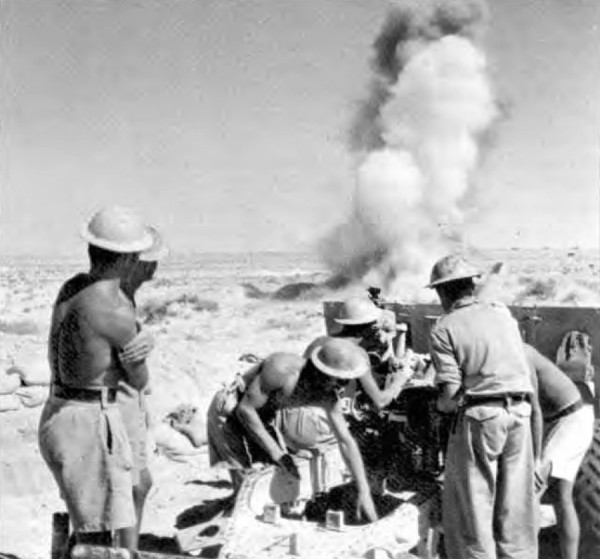
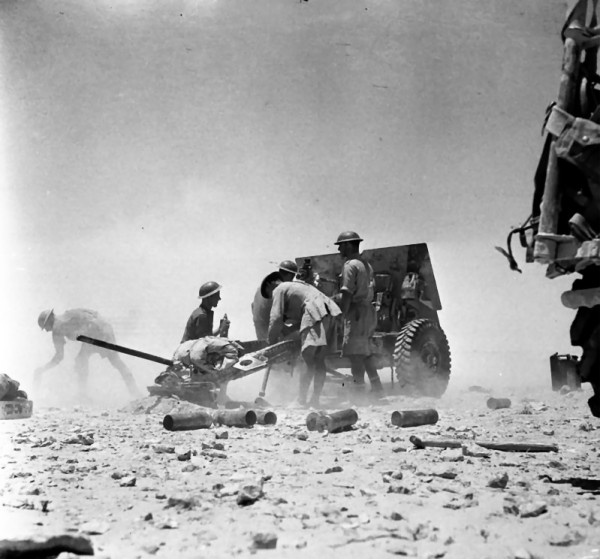
Of all the great artillery barrages, that preceding the battle of El Alamein was one of the great deployments of the 25-pounder gun.
The opening barrage utilised at least 834 guns coordinated in a fire plan designed to cover engineer parties that were intended to clear a way through the barbed wire and land mines that protected the Italian and German forces from attack. The deafening roar of this massive bombardment filled the night of 23 October 1942.
Over one and a half million rounds were expended. The only limitations on the guns were how quickly the ammunition could be brought up. The average expenditure of rounds per gun was 102 per day over 12 days.
The attack of the 2nd New Zealand Division on the night of the 1/2 November was accompanied by a barrage of 25-pounder guns that was able to give a concentration of one gun per 21 yards of barrage frontage. The average rate of fire was 2 rounds per gun per minute.
For the man on the ground, El Alamein was a time of great activity. Gunners were involved in firing at night, constantly firing and being resupplied by trucks from the Canal Zone area.

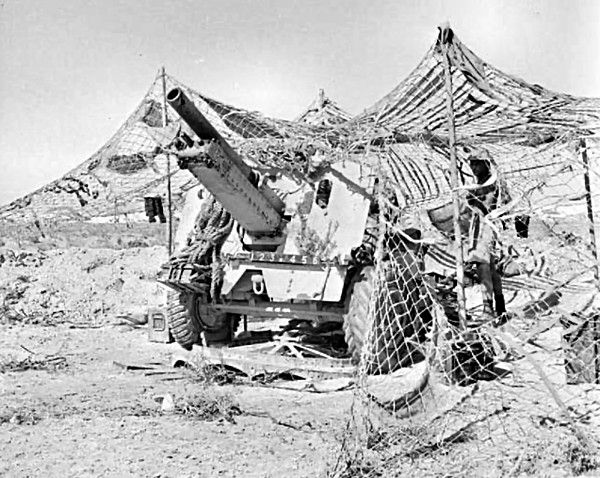
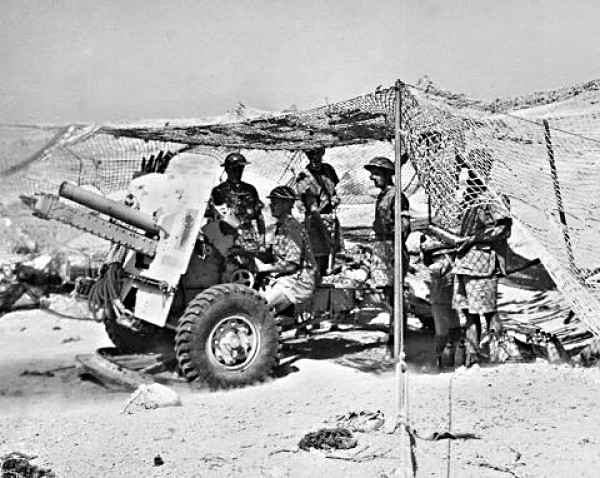
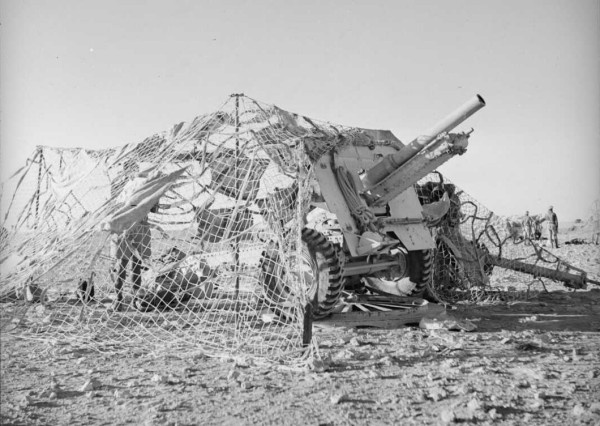
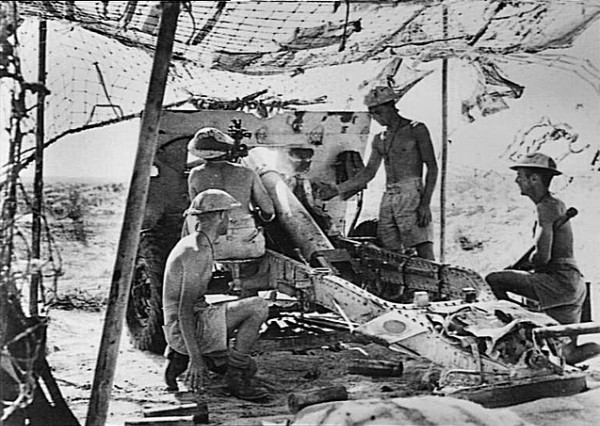
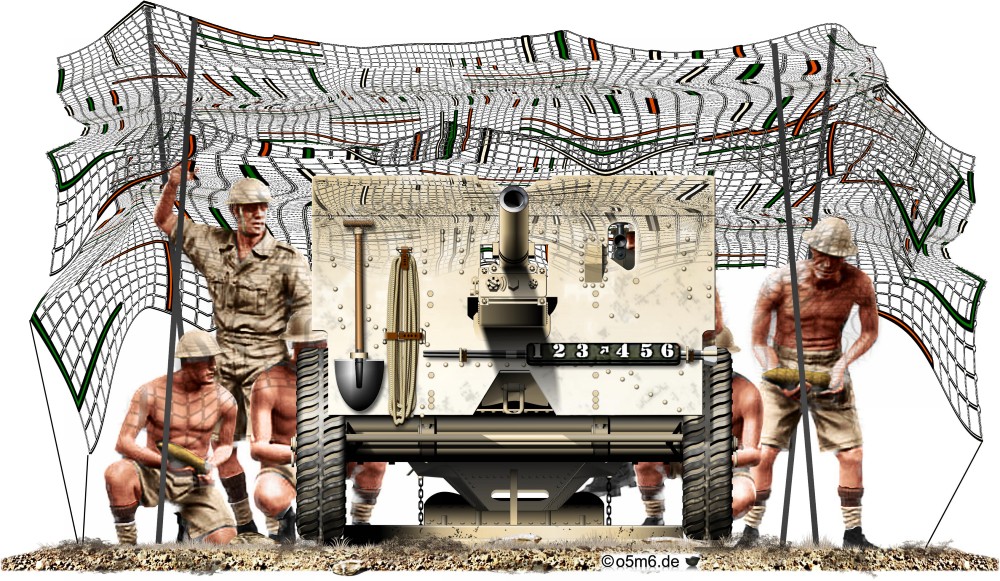
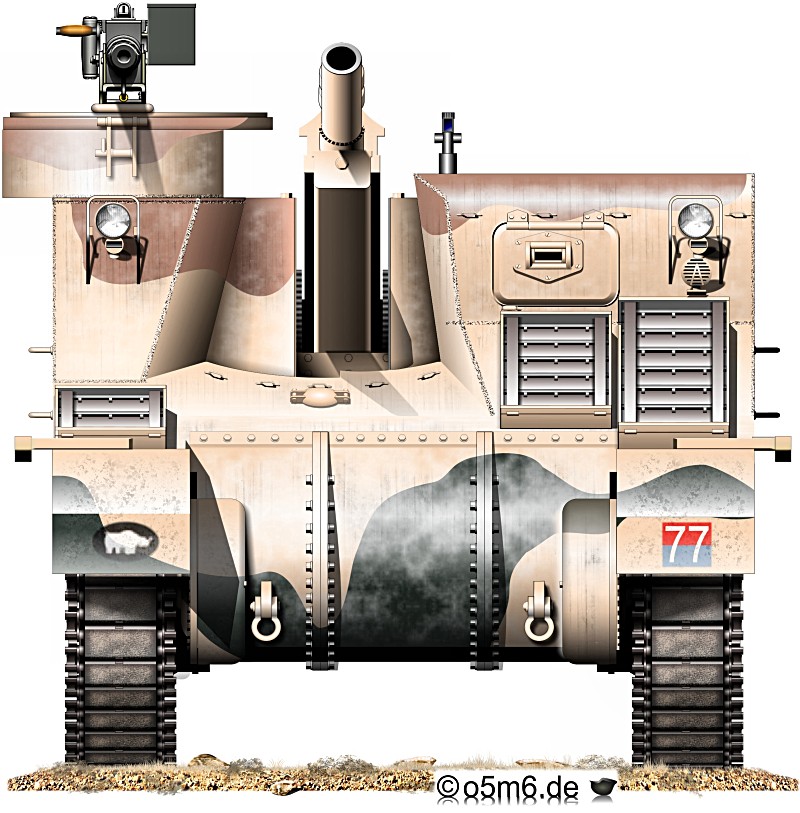
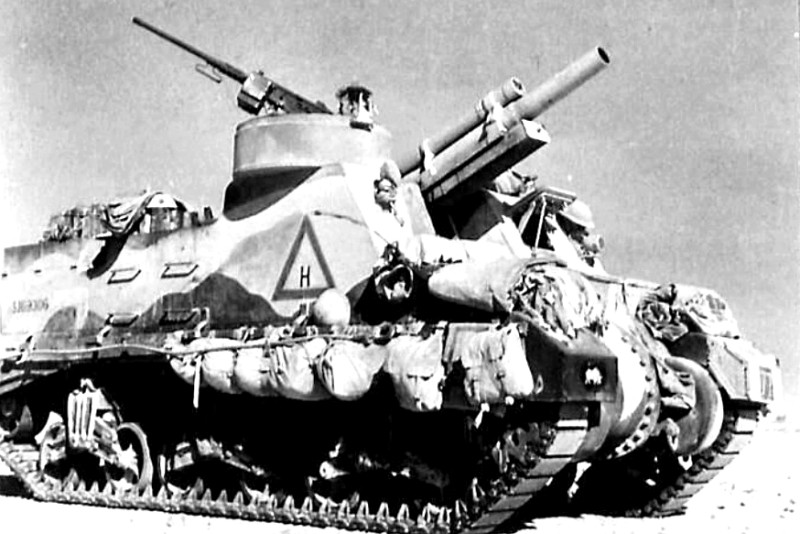
In September of 1942, 90 samples of the new SPG were delivered as the "M7 HMC" (Howitzer Motor Carriage) to the British forces in NA. They referred to the M7 as the "Priest” because of the high rounded .50- caliber Machine Gun position resembling the pulpit of an Anglican priest.
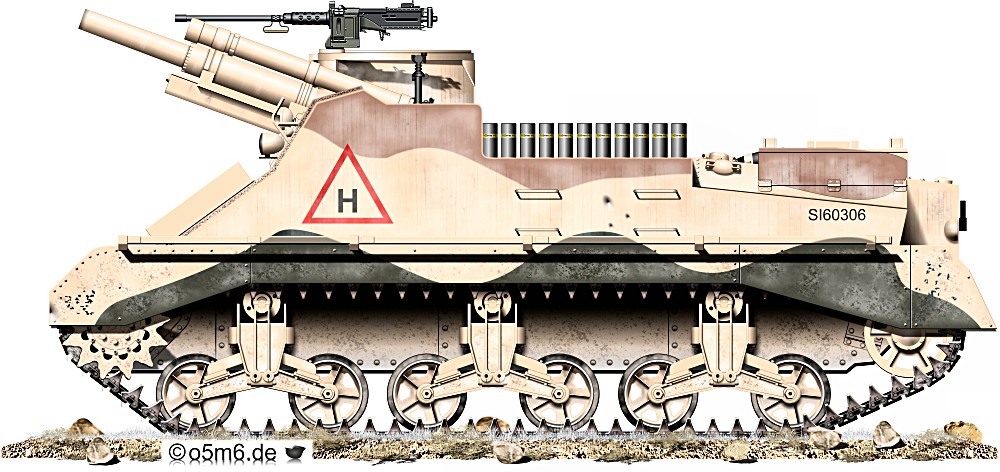
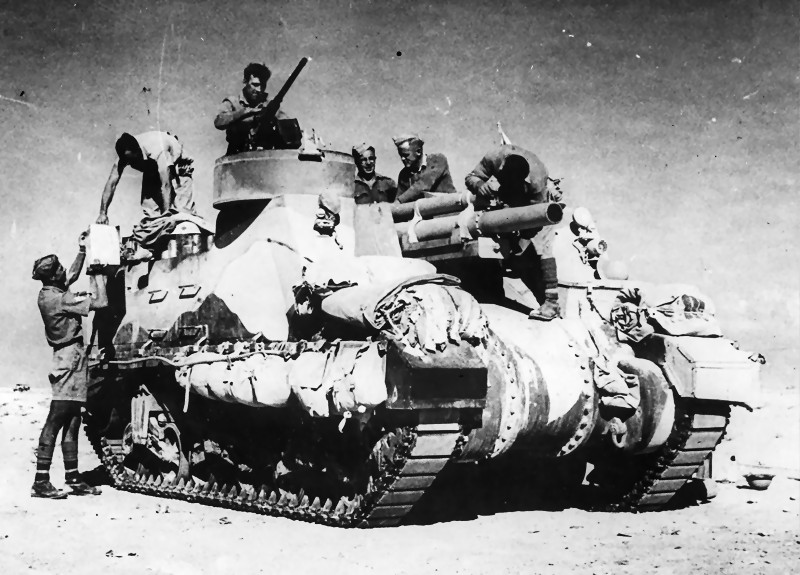
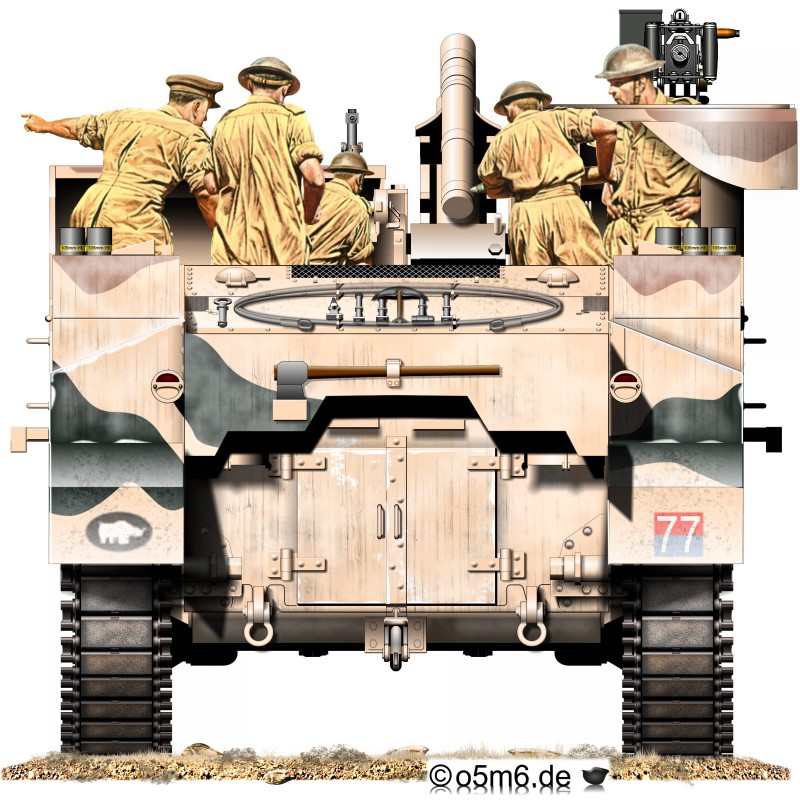
No publication in any form without the author's written permission.
Last Updated: Feb 01, 2024